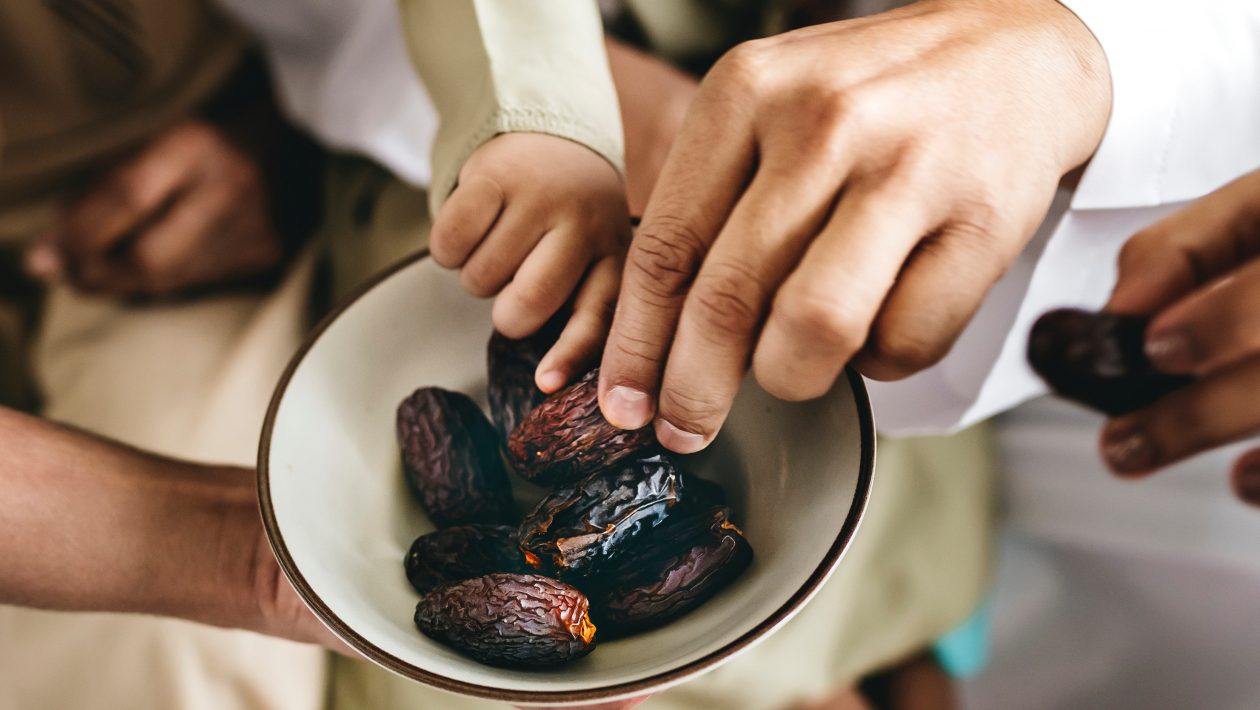Ramadan 2019 has just started, and it is that time of the year when followers of Islam fast for forty days until Eid al-Fitr. While it is a religious practice to most, it is one of the best times to work on your diet, exercise, and weight loss routine. It helps you keep your fast and follow the tradition, and also gives you an opportunity to work on your health and fitness.
What is Ramadan?
Ramadan is the name of the 9th month in the Islamic calendar. This calendar follows the lunar cycle, and each sighting of new moon marks a new month. It also makes every Ramadan happen 11 days earlier than the year before.
Most people know Ramadan as the month of fasting without food and water. However, it is more about self-reflection, contemplation, and a time to go deeper into your spiritual side. Ramadan helps every follower come closer to God as it involves extra prayers, charity, caring for each other, and an overall spiritual boot camp.
Ramadan is followed as Muslims believe Ramadan was when the Koran was revealed to Prophet Mohammed. Islam followers make an extra effort during this month since it is associated with their holy text and they try to distance themselves from the worldly things.
How is a typical Ramadan fast?
Ramadan followers need to fast from dawn to dusk although the month. They wake up prior to sunrise to have a heavy meal and once the sun rises, they cannot even drink water. They break their fast after sunset and have a heavy meal which is called Iftar.
How can you lose weight during Ramadan?
People who are looking forward to physical transformation along with spiritual soul cleansing can start following a better diet during Ramadan. You might already be two days into Ramadan fasting, but you can always change to healthier eating and exercise options now. Below, we give you a guide on how you can use this period of time to nourish your body as you’re on the way to nourish your soul. Check out the steps below to know how to go about it:
1. Exercise routine
If you’re a gym freak and you make sure to lift heavy weight at least 3-4 times a week, you need to curb that down. If you have a trainer who can guide you during your fasting process, he might tell you what to do. But you’re not recommended to do extreme exercise during this time.
You can stick to a 30-minute cardio session, every alternate day. Don’t keep goals that involve weight training or muscle building during this time.
2. Drink enough water
Right before you fast and after you break your fast, you must drink a lot of water. Depending on your capacity, try to drink at least 1 liter of water during these times. Since you cannot drink water all through the day, your body will become dehydrated. This is why you must drink adequate water to not make the fasting period difficult for you.
3. Things you should eat
To add an adequate amount of nutrition in your diet, you must keep five things handy during Ramadan. These include coconut water, yogurt, dates, bananas, and roasted/boiled Chana. Don’t try to have a low-carb diet during Ramadan, as your body needs a necessary level of good carbs too.
4. How to start your fast
You must wake up 30 minutes before you’re supposed to eat. Don’t wake up 10 minutes before and stuff your stomach. When you start your fast, don’t eat caffeine-based beverages as it will leave your body dehydrated. You need to drink a bottle of water or have lemon water. You can also have juice and add flax seeds to it. Flax seeds have adequate fiber to keep you full for a long time.
After having water/juice, you can have oats, flattened rice flakes, chapatti and veggies, smoothies, or milkshakes. Make sure you don’t overeat just because you know you’ll go hungry for the rest of the day. Have dates and fruits at this time as they will add the right level of nutrition you need.
5. What to have for Iftar
What you eat when you break the fast in the evening, is the most important meal of the day. You have to start with one bottle of water and coconut water. You need to then make a bowl full of nutritious food and keep flattened rice flakes or oats as the base. Add honey, dates, bananas, and yogurt to it. Mix it well and eat it – the bowl will not just be healthy but also tasty.
Iftar is usually the time when families come together and have a feast. You might already know that the food in Iftar is heavy, oily and full of bad cards. You have to avoid eating such food and have this bowl to ensure weight loss.
6. What to have for dinner
You must finish your dinner by 9:30 and get 8 hours of sleep to wake up before sunrise. You can include 2 chapattis or a bowl of rice with veggies. You can have pulses, vegetables, cottage cheese, chicken, eggs, and salad. Make sure you add a glass of buttermilk to your dinner too.
What is this form of fasting known as?
You already know the reasons why you follow the tradition of Ramadan, but you might not know that such fasting is common anyway. People, who are not Muslims, can also try the fast as it is a common diet type that many choose.
Ramadan fasting is a lot like intermittent fasting and involves time approach eating. It is not exactly a diet that has a proper dietary plan, but it restricts the calorie level because you avoid eating for hours.
Intermittent fasting usually allows you to have water if and when you need to, but not food. Keto diet is often coupled with intermittent fasting, but it doesn’t work for everyone. There are people who have gastric issues and have to give up on their fasting challenge.
Final thoughts
If you do follow the Ramadan fast, this diet will be easy for you to cope up with. Just keep your activities in control and ensure that your health permits you to do the fast. People wanting to try intermittent fasting should consult a specialist who can help out. If your body does not suit such fasting, you should look out for other healthier possibilities to lose weight.





